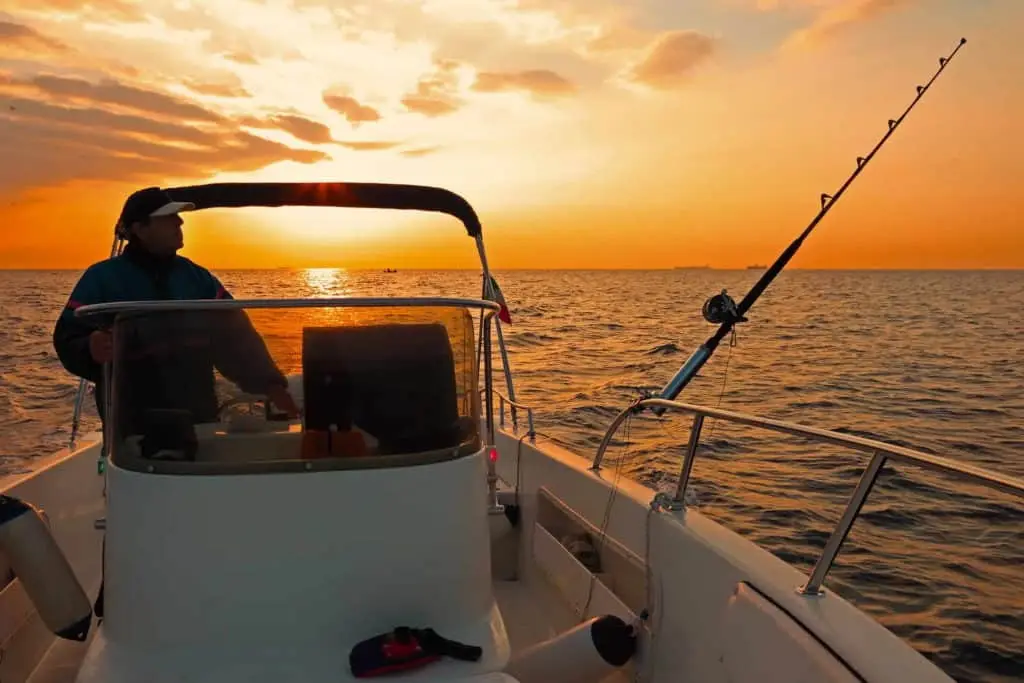Safety Guidelines
The Cape Fear Flyfishers organization is committed to safety on the water–whether boating, wading or fishing from shore. Every year people die if they do not pay attention to the conditions and take unnecessary risks. It it important to respect moving water – whether it be a tide or a river current – thunderstorms, cold weather and terrain features (reefs, sandbars, etc). Each member of the Cape Fear Flyfishers is expected to follow all Coast Guard and North Carolina safe boating regulations as well as exercise basic common sense.
Members commit to not tolerate unsafe behavior by other club members and are expected to point out what is inappropriate.
Members who fish from kayaks, canoes and paddleboards are at a higher degree of risk and should comply with the top 10 safety tips established by the American Canoe Association.


The 1-10-1 Rule of Cold Water
Research has found that when a person falls into very cold water, his body goes through a predictable sequence in reaction to the submersion. Knowing the natural progression can help you react appropriately, giving you the best chance of survival.
1 Minute to Control Your Breathing
As soon as your body falls into extremely cold water, your natural inclination is to gasp, sometimes violently. The cold is a shock to your system and your body reacts by sucking in air quickly.
If you’re not careful, the next 60 seconds could spiral out of control. Your body begins taking rapid and sometimes deep breaths known as hyperventilation. This causes your body to exhale more carbon dioxide than normal and that, paradoxically, reduces the amount of oxygen to your brain. If not controlled, you’ll pass out and drown.
So, it’s critical that within the first 60 seconds of exposure to the cold water, you control your breathing. It won’t be easy, but it’s your number one priority.
10 Minutes of Manual Dexterity
Once you’ve controlled your breathing, another clock begins ticking. Your body begins adjusting to the new temperature. It attempts to keep your core body temperature at safe levels so it reduces the blood supply to the extremities where narrow capillaries near the skin’s surface will hasten heat loss.
As less blood become available at the extremities, your fingers begin to numb, and you cannot control them as well. Simple tasks such as putting on a life preserver become difficult, if not impossible.
Swimming seems like a good idea, after all, it’ll raise your temperature as you exert yourself. In fact, it’s seldom a good idea. As your heart pumps blood into the extremities, it quickens your heat loss since the blood returns to your core very cold. Besides, few people can swim a long distance in cold water. If you are close to the shore, this may be a good idea.
1 Hour Until Hypothermia
The final countdown is for hypothermia. An hour after plunging into extremely cold water, most people begin to suffer the effects of hypothermia, including losing consciousness.
This is just a round figure that will change with the temperature of the water, the body mass index of the individual, and the clothing they are wearing. In ice water, survival can be as short as 45 minutes. With water temperatures in the 50’s F, survival can last several hours.
What to Do
If you fall into cold water, knowing the effects can help you plan and survive. If you’ve broken through ice, getting out quickly is critical. Find the strongest part of the ice and begin trying to haul yourself out of the water. Use your arms to push up while simultaneously kicking your legs. Get your body onto the ice and then slide the rest of yourself (your legs) onto the ice as well.
Once you’ve gotten out of the ice, slide or roll away from the hole; don’t stand up immediately as that may break the ice again. You want to distribute your weight over as much of the ice as possible.
If you’ve fallen overboard, conserving heat is key. Use a Personal Flotation Device if possible and ball up to conserve your body heat. If you are in the water with multiple people, a group hug helps to keep you all warmer, longer.
This information was taken from this article. Here is another link that explains and offers a good visual illustrating the rule.